Author: Kelsey Thompson
Ok gang, grab a snack and a notepad, we’re going to do a quick and dirty keyword lesson. Think of your website as another employee, one that works 24-7 for you. It deserves a little time and attention, don’t you think?
What are “Keywords”?
They are simply words and phrases that clarify to your customers (and search engines) what your website is all about when they come looking. Some examples in our industry are:
- Flower delivery
- Plants
- Wedding Florist
- Your location + keyword
So what search terms do you want people to find on your website? And are they on your site right now? I’d recommend checking your Google analytics to see exactly what search terms are typed into Google that are leading people to your site, then building your keyword strategy around those.
Yep, there are keyword strategies.
Let’s focus on the big three that will have the most bang for their buck.
1) Use longer phrases instead of short keywords. Think of this as tightening the net. For example, “custom gourmet gift baskets locally delivered” is going to narrow the search down much more than “gift basket”. You can buy a gift basket anywhere online - how many custom gourmet gift baskets are there in your town?
2) Use different variations of keywords on a page in quality content. For example, how many ways can you use floral…. Floral arrangement, floral bouquet, spring floral, floral delivery, etc… Now don’t go crazy, search engines can see when you’re stacking the deck with nonsense. But choose one or two variations and weave them into your page content. P.S. in the next article we’re talking content - get excited!
3) Include keywords on every page. First one on the list - your home page. An easy way to do this is to add a short “about us” excerpt that then links to a full page all about your store and staff. Your second page priority? Your “About Us” or “Contact Us” page. Then move onto your product listings. Include keywords in each product listing and on your pages clarifying delivery/warranties. If you’re able, edit the meta description of each product and include keywords in the page’s title.
Let’s tap the brakes so I can explain this. A meta description is a preview that you get on the search results that appear. It is meant to give the searcher an idea of the content that exists within the page and how it relates to their search terms. Google “mac and cheese recipe” for me. The sentence or two under each result listing? That’s the meta description. See how important it is that those have some juicy keywords in them? :)
Your images need keywords too.
You already have descriptions for your product catalog - make sure other images on your website are labeled too. Utilize keywords in the image file name, alt tag, and title.
Whoa whoa whoa…. Alt tags? These are the little descriptive phrases that are added to images in HTML to clarify their content and context on the web page. The alt tag also appears within the image box when the media file can’t load or display properly.
Strategically placing keywords inside good quality content is important to moving up in search results.
It’s going to require beefing up your page and product descriptions, but set a goal for a certain number per week and chip away at it. I’d recommend making a master list of keyword phrases that will act as inspiration. Break out the thesaurus if you have to.
Another great way to populate that list? Ask your customers! Do a Facebook poll asking them what items they are most commonly searching for when they go to look up your shop. Maybe the product with the most votes is now a customer appreciation prize drawing.
So what’s your action item for this week? A list of 20 different single keywords that you can mix, match and manipulate to create great content and traffic for your site. In the next article we’ll focus on that important piece of the SEO puzzle - content!!
Bonus Tip: If you get stuck - www.answerthepublic.com lets you put in a word and it gives you “questions” related to it that people are typing into search engines.
Blog Categories
Blog Categories






